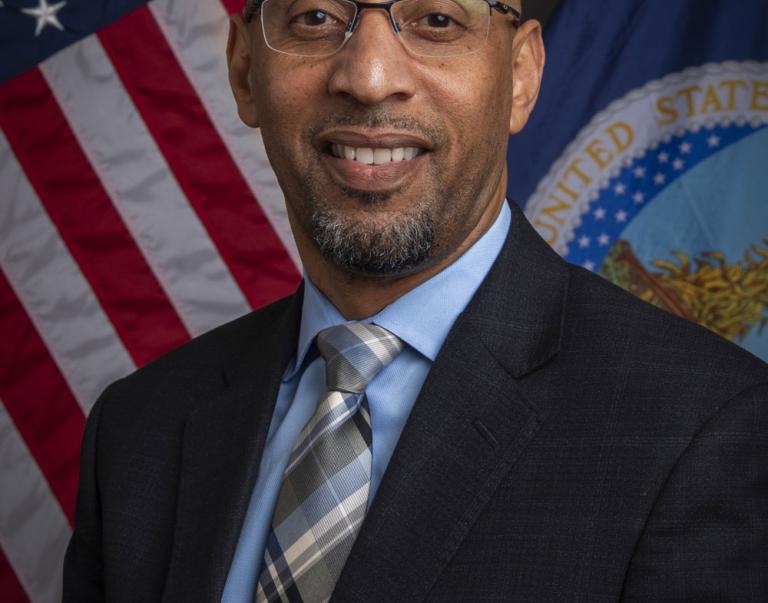
The following guest blog is part of our Cafeteria Stories series, highlighting the efforts of hard working school nutrition professionals who are dedicated to making the healthy choice the easy choice at schools across the country. We thank them for sharing their stories! To learn more about FNS nutrition assistance efforts, follow us on twitter at twitter.com/usdanutrition
By Kate Wobbekind, Program Coordinator, Office of Food and Nutrition Services, District of Columbia
The need to serve healthy meals to the 47,000 students in the District of Columbia Public Schools (DCPS) is not just a requirement but an opportunity. Eight out of 10 students in our schools are eligible to receive free and reduced priced meals through the National School Lunch, and all of our students receive free breakfast through the School Breakfast Programs thanks to the D.C. Healthy Schools Act of 2010. In some parts of our city, the entire school eats a free meal during the school day, including breakfast and lunch. The reality is that the meals we serve in school to our students may be their only regular, consistent healthy food.
This responsibility is something we take very seriously here at DCPS Office of Food and Nutrition Services. But it is not an easy task to provide healthy and tasty meals to students across the city. In our classrooms, educators demand excellence and set the bar high for our students. We have done the same in our cafeterias to ensure delicious meals find our students’ tummies and not the trash. With our focus on student satisfaction and healthy options, we have used several approaches to deliver nutritious food from our regional community, and increased understanding of the larger food movement. While we can’t deny that we are no longer elementary or high school students, we do remember, and are reminded every time we are in schools, that students are picky eaters and have strong opinions about food. Accordingly, we have taken both of these potential barriers head on.
During the school year, we host student taste tests where we offer new menu items. This allows students to provide feedback and helps guide our menu planning and development. It has been a truly successful endeavor. Last year alone, we added 25 new menu items, which were taste tested during meal periods throughout the summer and school year. We plan to continue taste testing with our students, and plan to launch other student-based initiatives to learn how we can best meet their needs.
Local foods and Farm to School are other cornerstones of the DCPS approach. Serving local produce in our schools helps connect our students to their communities in new and exciting ways. Our vendors have been great partners in this work, shifting their procurement to our regional community. In just one year, more than 20 percent of total food service costs were spent on local goods. School meal menus posted in schools and online highlight which items each day are local.
In addition, each year we host special food related events to grow awareness about local foods and to encourage healthy eating habits. Our annual Strawberries and Salad Greens Day, celebrated in the spring, is always a huge hit. On this day, fresh local salad greens and strawberries are served during lunch at every DCPS school. As residents of a city without many sprawling farms, visits from the local farmers who grow the berries and greens, help our students to make connections about where the food on their plates comes from. The local connection is also emphasized as more schools plant and tend school gardens, and host live cooking demonstrations using local produce. Learning about the food system, where food comes from and reducing waste, will help our students become stronger stewards of their communities.
This school year, there have been additional hands on opportunities for our students to learn about the food system. In all our school cafeterias, students and kitchen staff are learning how to identify and separate leftovers into compost, recycling, waste and fluid waste bins. This comprehensive waste and organics separation program will help create a new generation of advocates for sustainability efforts throughout the D.C. community.
As more families continue to choose schools within DCPS for their children to attend and learn, our efforts to serve foods that keep students healthy and happy will continue to expand. It is an honor solidified every day when students leave our cafeterias full, smiling and back to their classrooms ready to learn.


